According to the company, their diagnostics system has recently been tested and seemed to prove more accurate than real life doctors at spotting conditions in patients.
4170 Total views
187 Total shares
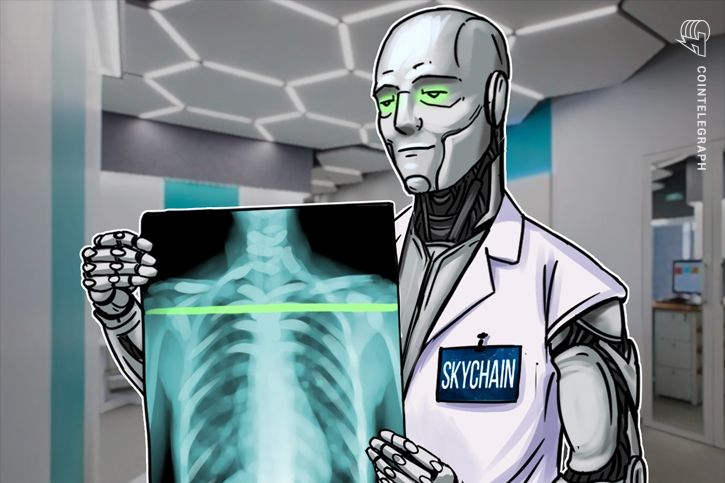
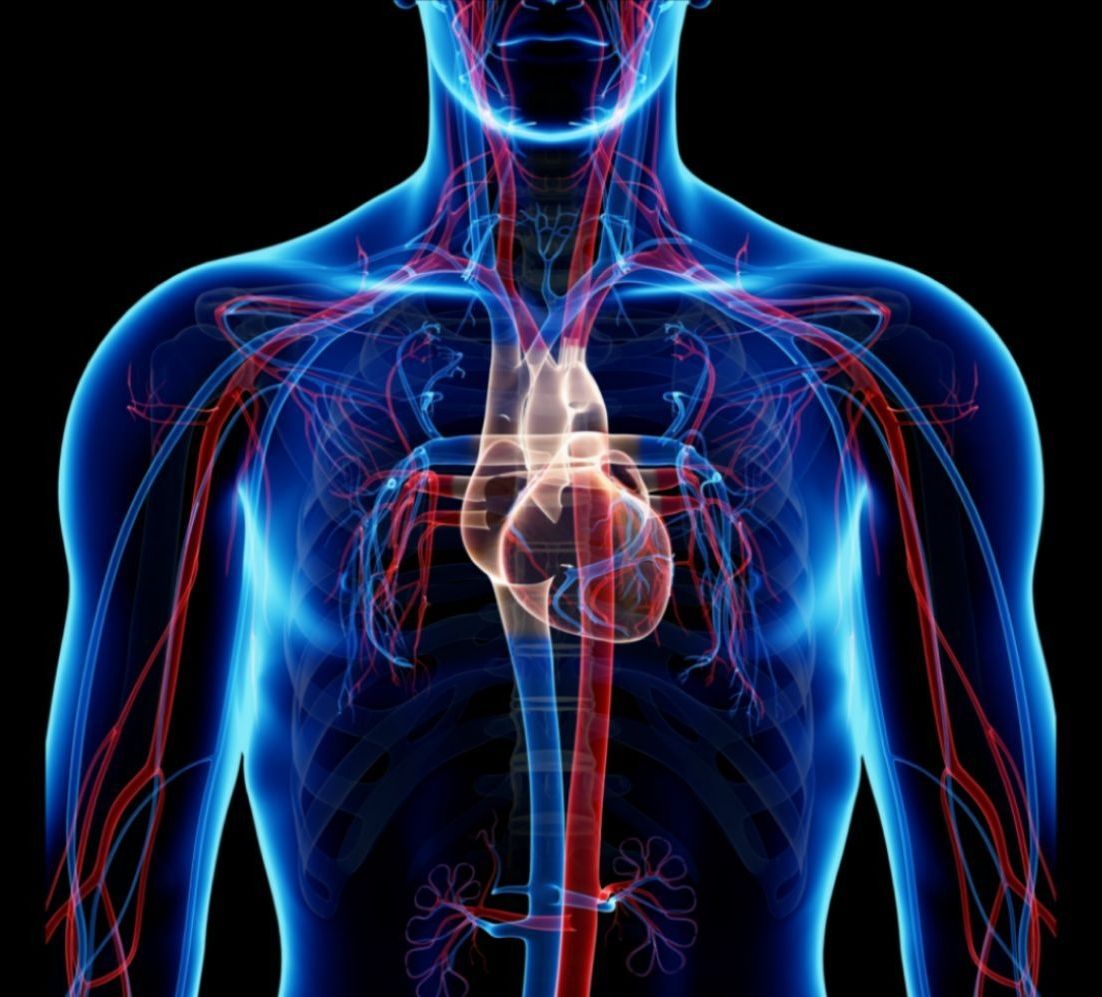
Harvard reminds the biological clock using NAD+ and NaHS!
Investigators at Harvard Medical School have identified the key cellular mechanisms behind vascular aging and its effects on muscle health, and they have successfully reversed the process in animals.
Could reversing the aging of blood vessels hold the key to restoring youthful vitality? If the old adage “you are as old as your arteries” reigns true then the answer is yes, at least in mice.
According to a new study by Harvard Medical School researchers, they have identified the cellular mechanisms that cause the aging of vascular arteries as well as the effects of such aging on the health of muscles. The Medical team was also able to successfully reverse this aging process.
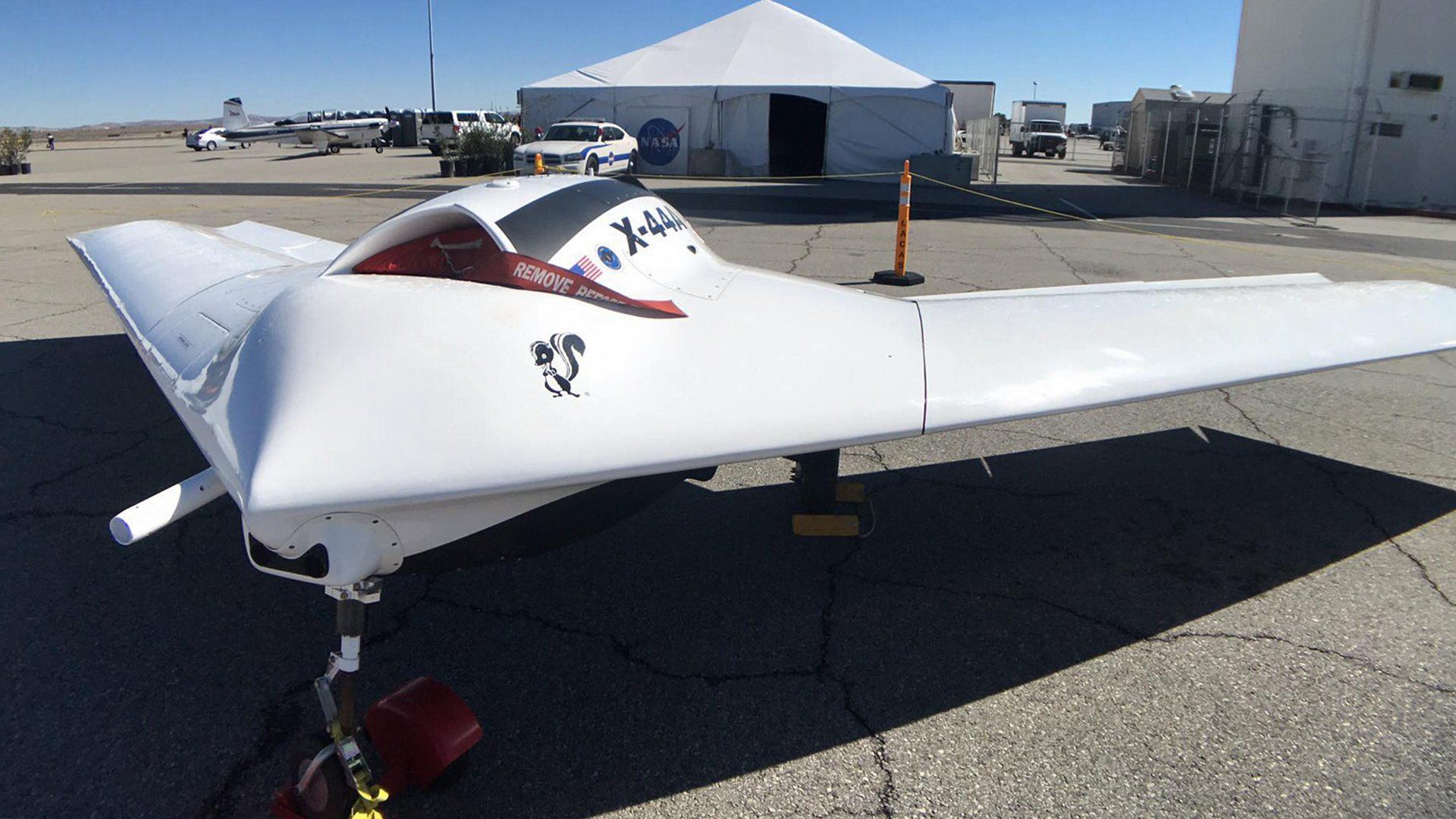


It has no inherent value and causes observers to rotate between feelings of fascination and anger. We’re talking about cryptocurrency, but also art. In a new series, artist Andy Bauch is bringing the two subjects together with works that use abstract patterns constructed in Lego bricks. Each piece visually represents the private key to a crypto-wallet, and anyone can steal that digital cash—if you can decode them.
Bauch first started playing around with cryptocurrencies in 2013 and told us in an interview that he considers himself an enthusiast but not a “rabid promoter” of the technology. “I wasn’t smart enough to buy enough to have fuck-you money,” he said. In 2016, he started to integrate his Bitcoin interest with his art practice.
His latest series of work, New Money, opens at LA’s Castelli Art Space on Friday. Bauch says that each piece in the series “is a secret key to various types of cryptocurrency.” He bought various amounts of Bitcoin, Litecoin, and other alt-coins in 2016 and put them in different digital wallets. Each wallet is encrypted with a private key that consists of a string of letters and numbers. That key was initially fed into an algorithm to generate a pattern. Then Bauch tweaked the algorithm here and there to get it to spit out an image that appealed to him. After finalizing the works, he’s rigorously tested them in reverse to ensure that they do, indeed, give you the right private key when processed through his formula.
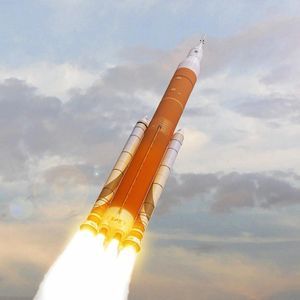
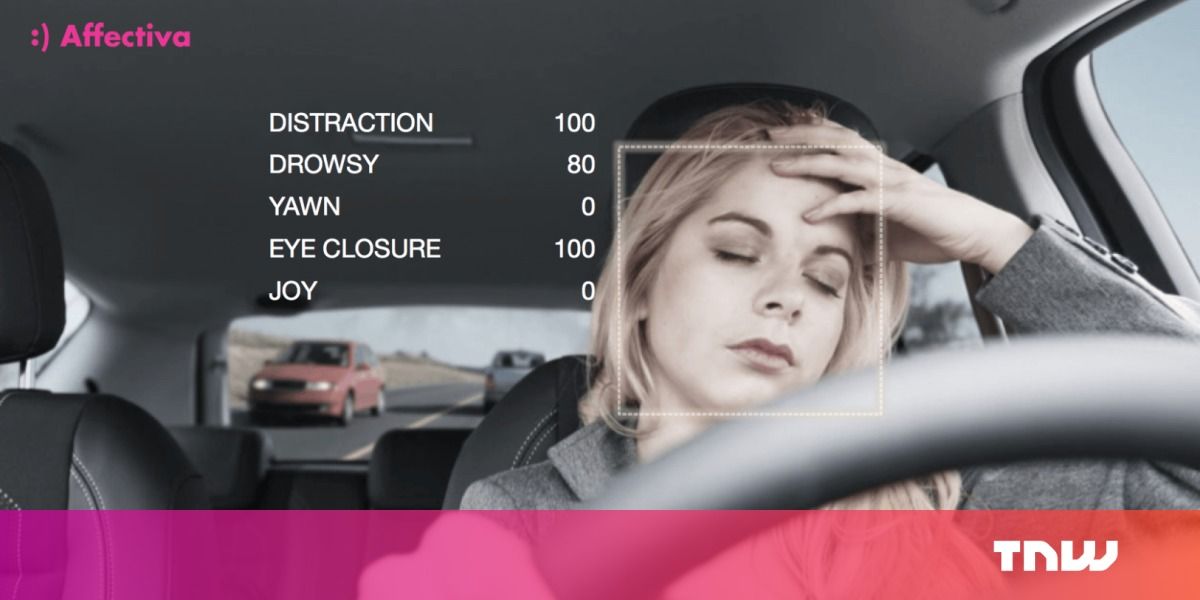

Adam Becker, Scientific American March 23, 2018.
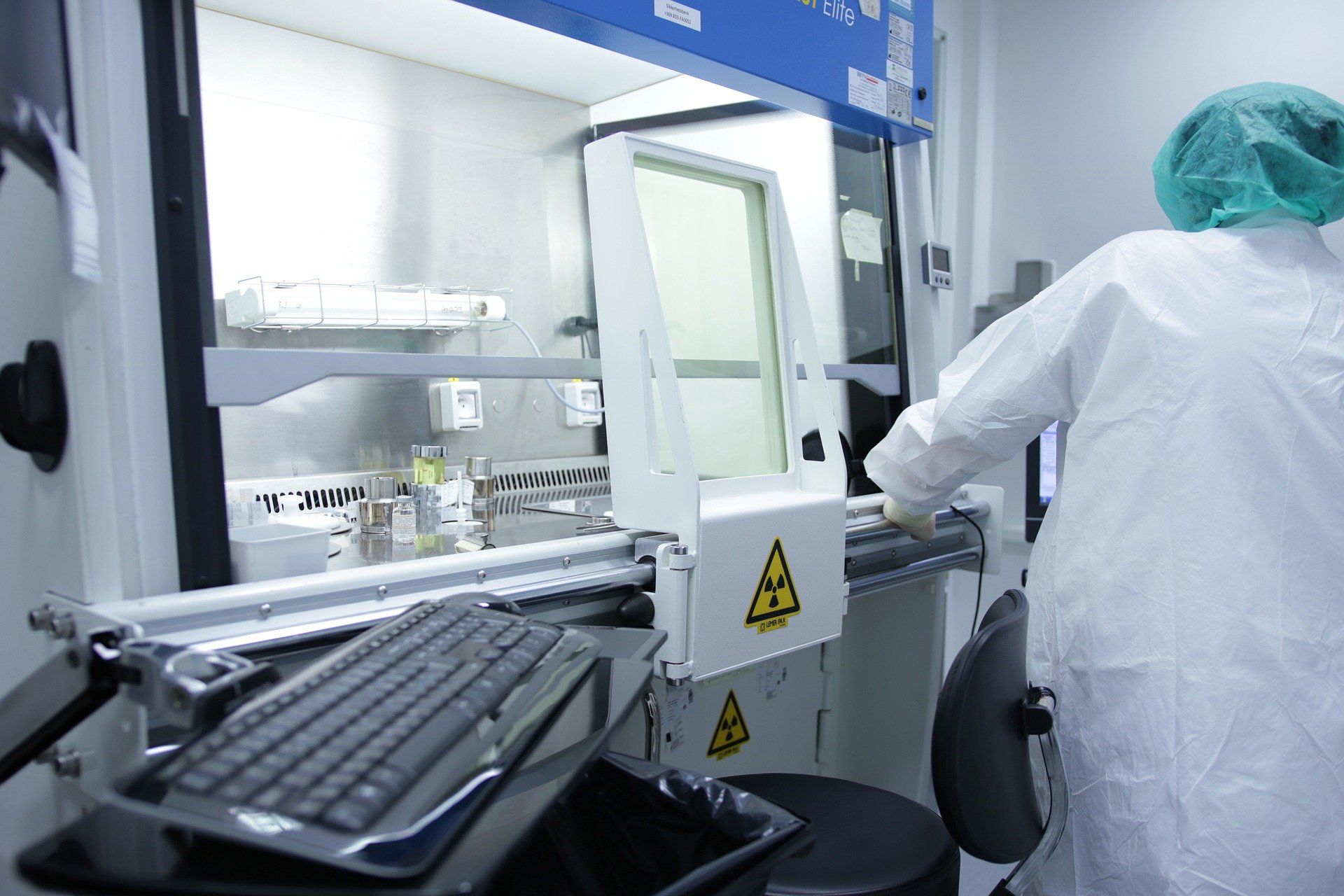
A Northwestern University-led team has developed a new way to manufacture proteins outside of a cell that could have important implications in therapeutics and biomaterials.
The advance could make possible decentralized manufacturing and distribution processes for protein therapeutics that might, in the future, promote better access to costly drugs all over the world.
The team set out to improve the quality of manufactured proteins in vitro, or outside a cell, and found success across a number of fronts.

The discovery of a genetic switch that triggers stem cells to turn into heart cells is a major step in finding treatment for damaged hearts.
Researchers from A*STAR and their colleagues in India have been investigating the molecular and genetic processes by which human embryonic stem cells differentiate into the body’s many types of cells—in particular, cardiomyocytes, or heart muscle cells.
“The effort is underway globally to find ways to differentiate these stem cells into beating functional heart muscle cells so that they can be used for cell-based therapies to treat structural abnormalities,” says Prabha Sampath, from the A*STAR Institute of Medical Biology.